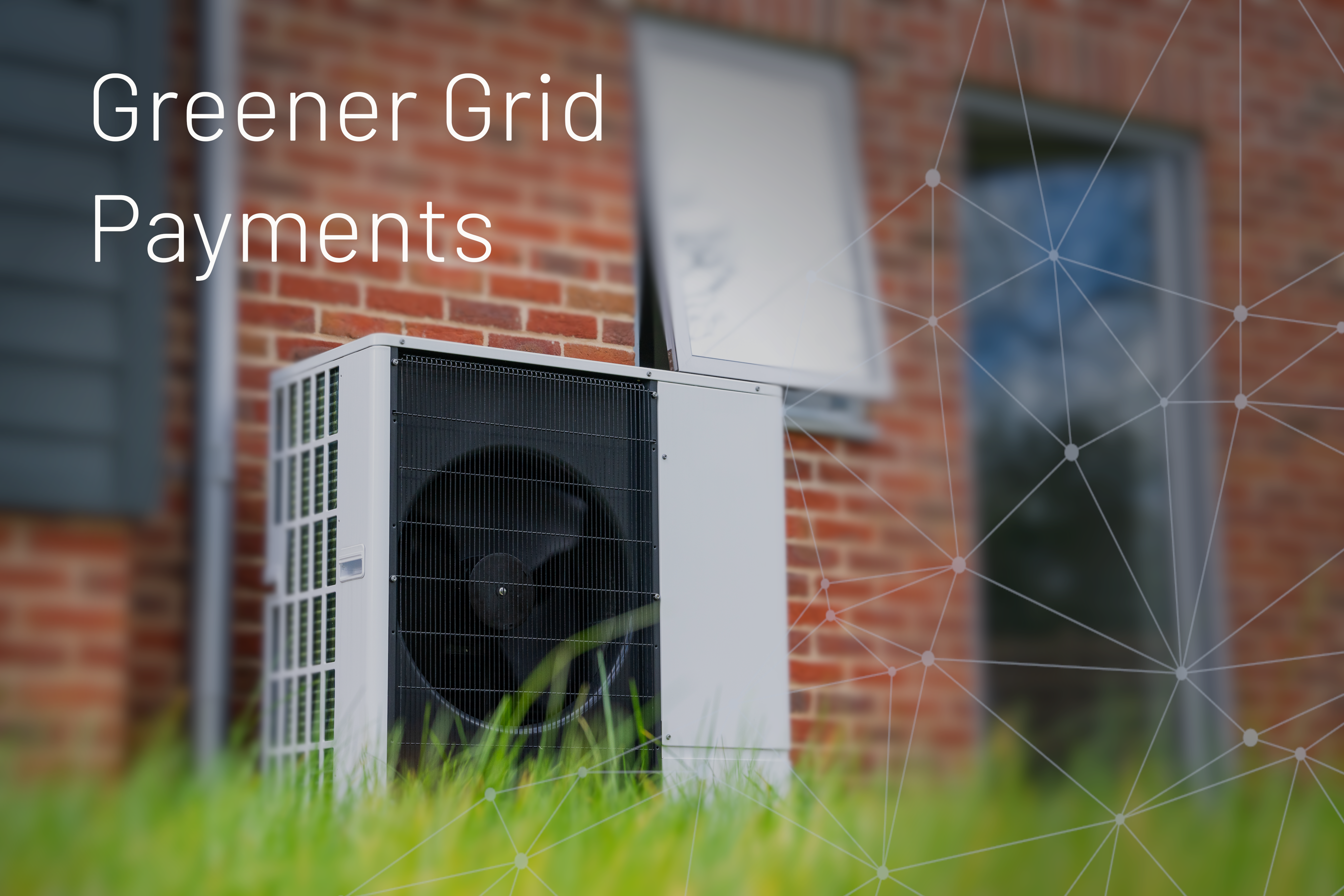News
Demand Flexibility Service – using Passiv smart controls to support the National Grid
- Industry News
Since November, homes across the country have been taking part in the National Grid’s Demand Flexibility Service (DFS). This is the UK’s first widespread domestic demand side response service, in which consumers are rewarded for reducing their electricity consumption during events lasting around an hour. Homes can sign up to take part in DFS through a service provider, usually their energy supplier, and are paid £3 for each unit of electricity saved.
This is the first time that demand side response has gone mainstream – it’s been headline news, and over one million homes and businesses have signed up to take part. Across the first five events, over 780MWh of demand reduction was delivered – that’s enough to make around 25 million cups of tea!
So far, almost all of the domestic flexibility provided as part of the DFS relies on manual intervention, for example switching your fridge off for a couple of hours or using the washing machine later in the day.
At Passiv, we’ve been using our Smart Energy Platform to trial an automated response to the DFS events. By using our heat pump and multi-asset controls, we can automatically reduce electricity consumption without impacting homeowner comfort.
Before a DFS event, our Smart Energy Platform and heat pump controls will pre-heat the home, storing warmth in the fabric of the building so that the heat pump can be switched off for an hour or so without the home becoming too cold. This is demonstrated in the graph, with the heat pump electricity consumption that would have occurred during the DFS event being shifted to earlier in the day.
For homes with solar PV and battery storage, the Passiv Smart Energy Platform and multi-asset controls will make sure the battery is fully charged just before a DFS event. The battery will then discharge during the event, reducing household electricity consumption from the grid by as much as possible.
We’ve been running the trial across a small number of homes, some with only a heat pump and others with a heat pump, solar PV and battery storage. Across the first five DFS events, the homes with a heat pump would have received £14 in DFS payments, while the homes with a heat pump and battery storage would have received £18. Most importantly, this has been automated by the Passiv Smart Energy Platform, meaning the homeowners wouldn’t have to adjust their behaviour or reduce their comfort level to get paid.
In the future, demand side response services such as the DFS will play a vital role in ensuring the ongoing stability of the UK’s electricity system. As we transition to net-zero, increased electrification and more intermittent renewable generation will make energy flexibility increasingly important. Smart, automated controls like those provided by the Passiv Smart Energy Platform can help unlock domestic flexibility, delivering significant reductions in demand without impacting end-users.
Our DFS trial will continue until the end of March, when we will follow up to see how much demand reduction each home has delivered and the total savings that would have been made.
By Tom Latimer, Passiv Algorithm Developer


